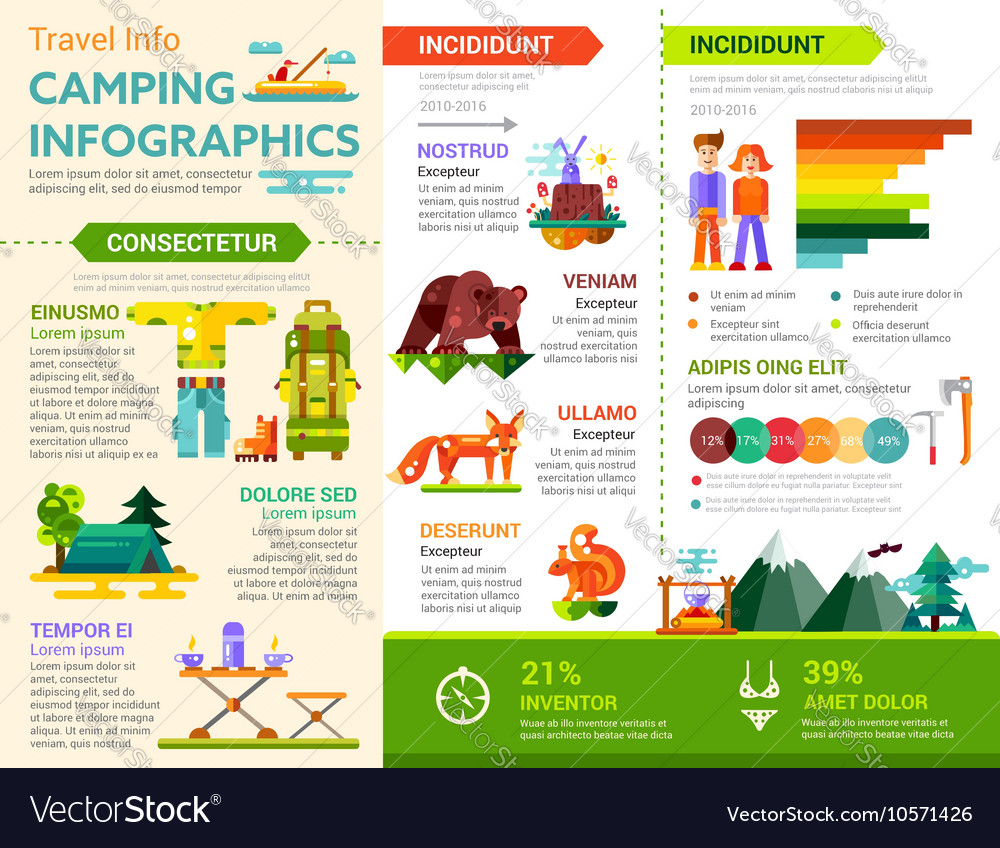How To Build A Diy Frame System For Wall Tents
The Benefits and drawbacks of Cotton Vs Polyester CanvasPolyester material discovers a varied series of applications across the garment industry. Whether you're an artist searching for a steady paint surface area or a supplier looking for strong decorative materials, polyester canvas provides the best balance of stamina, adaptability and green top qualities.
Nonetheless, some people favor cotton for its breathability and gentleness. Garment designers may wish to consider a 50/50 Cotton/Polyester blend for tasks that require both longevity and comfort.
Price
Cotton canvas is more costly than polyester as a result of its resource-intensive growing procedure. It also needs mindful handling and storage to protect its top quality in time. These included expenses can drive up the total price of production for musicians and manufacturers.
Another downside to cotton canvas is its susceptibility to fading and damage from UV direct exposure. This can lead to minimized shade vibrancy over time and a loss of architectural stability, especially in locations that experience frequent get in touch with or hefty load-bearing.
In contrast, polyester is a synthetic fiber that's engineered for uniformity and longevity. This makes it a more economical selection for manufacturers and purchasers, especially in locations where long life is a top priority. The material's toughness additionally offers improved resistance to wrinkles and splitting with time. The synthetic nature of polyester, however, can leave a larger ecological impact than cotton canvas if it's not sourced from natural or low-impact systems. This is an important consideration for organizations striving for sustainability and eco-conscious branding.
Toughness
In the marketplace for canvas rolls, buyers face a wide range of choices with completing top priorities. Cotton supplies all-natural texture and breathability, ideal for brands focused on sustainability and artisan craftsmanship. Polyester, on the other hand, provides a balanced combination of stamina and security and printing efficiency with shade vibrancy and toughness.
Inevitably, the textile you pick for your items have to mirror the guiding principles of your brand tale and worths. While cotton can provide a costs visual, it's additionally vulnerable to contraction and upkeep costs, while polyester enables better manufacturing performance shopping bag and lasting price performance.
Both textiles are durable and execute well in wet settings, however their different high qualities make them appropriate for different applications. Cotton canvas is much more breathable, decreasing the risk of mold and mold in locations with high moisture. Polyester, on the other hand, is waterproof and dries rapidly in environments where moisture can be bothersome. This can lower the threat of wetness build-up in the fabric, preventing warping or rot in your item gradually.
Convenience
When assessing fabric options for your brand name-- whether you're beginning a workwear line or a relaxing loungewear brand-- the type of cotton or polyester canvas you pick effects exactly how your products look, feel, and wear. While all canvas kinds sustain print-on-demand and use high form stability, they vary in color discussion and printing durability, convenience, and sustainability.
Cotton and cotton-polyester blends use a soft appearance, all-natural organic appearance, and superior heat equilibrium compared to synthetic choices. Cotton's fibers wick wetness away from the skin and allow warmth to run away, making it suitable for clothes that requires long term wear in warm environments.
On the other hand, polyester's artificial nature and petroleum-based production process have an adverse energy balance, which can make it much less environmentally friendly than cotton in the long run. Polyester's abrasion resistance and water-repellency are superb, nevertheless, which makes it the excellent option for heavy lots or severe weather conditions like rainstorms or aquatic setups.
Environmental Impact
Whether picking cotton or polyester, the optimal material for custom production relies on item performance objectives. Strength, resilience, and durability are all important elements when designing items that will endure repeated abrasion, hefty load-bearing, or high anxiety factors. Water resistance, joint stability, and UV security are also crucial to lasting success in outdoor and moist environments.
While both textiles can carry out well in these areas, their environmental effect is a little different. Cotton's all-natural, breathable construction requires dramatically a lot more sources for cultivation than polyester's artificial fibers.
When choosing an eco lasting material, consider a large range of impact analysis methods to assess the full environmental impact of your product. Some concentrate on details effects (like international warming capacity, water usage, and scarcity) while others depend on even more all natural assessments like ReCiPe, ILCD, CML, and Eco-indicator 99.
